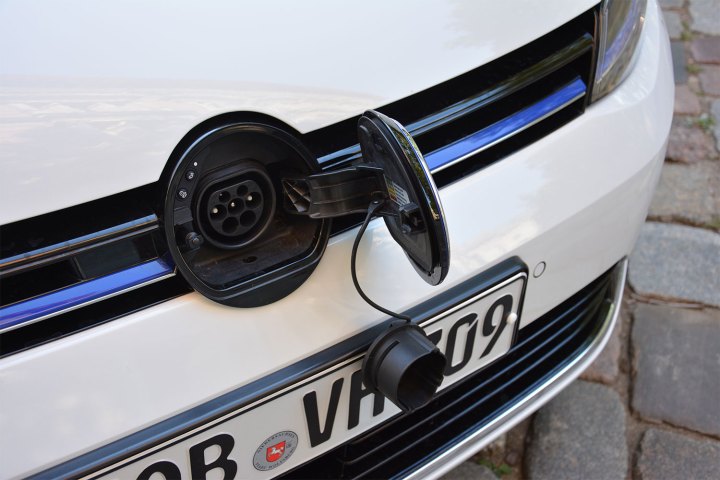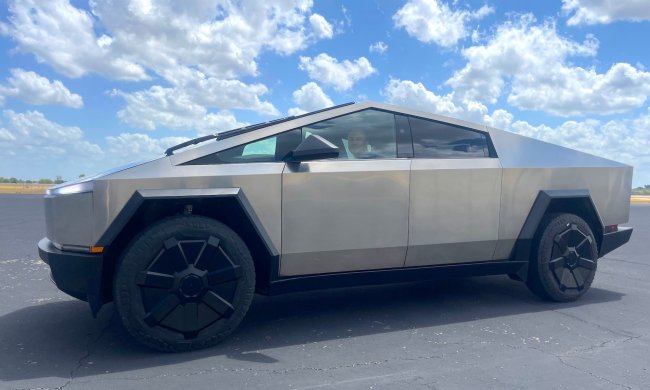
If you’ve been following the development of electric vehicles for long enough, you’ve undoubtedly seen videos of futuristic robots that remove a car’s depleted battery pack, install a fully charged replacement, and send it on its way in a few short minutes. It’s quicker than brimming a tank of gasoline. In theory, this solution eliminates range anxiety once and for all. In application, it’s not as simple as it sounds. Volkswagen’s top electric car expert said we shouldn’t expect to see this technology pop up on American highways anytime soon.
“From an engineering standpoint it’s clear: Don’t do it,” Christian Senger, Volkswagen’s head of e-mobility, told Digital Trends.
He explained making the battery removable creates a long list of structural problems. In a long-range electric car, the pack is a roughly 1,000-pound part usually sandwiched right under the passenger compartment. It helps keep the car together, in other words, so engineers can’t merely attach it to the chassis with four screws and call it a good job well done. It needs to be integrated into the platform to provide an adequate level of passive safety.
“It’s like windows. In the old days, we embedded a windshield in a rubber part. Nowadays, a windshield is glued in and it helps support the whole structure. The same is true with battery packs,” Senger pointed out.
It’s not just about safety. Volkswagen wants to avoid making a mess — literally. Most modern electric cars use a liquid-cooled battery pack. Swapping it would consequently require temporarily disconnecting the coolant system without spilling half of it. It’s doable, but it causes an additional set of issues that need to be solved before battery-swapping stations merge into the mainstream. Spending money on faster chargers and improving battery technology to give electric cars more range makes more sense in the long run.
With that said, the company could make one significant exception: China. Battery-swapping stations are gradually popping up across China as a way to sustain the growing, government-backed electric taxi industry. Nothing is set in stone yet, but Volkswagen’s Chinese division hasn’t ruled out jumping into the sector.
“The [Chinese taxi industry] now has this battery-swapping system. It’s a clever concept; sometimes it’s housed in shipping containers. The car drives in and gets a new battery pack. It’s extremely flexible. We are looking at how relevant this is for our market success in China, but I don’t see it for the rest of the world.”



